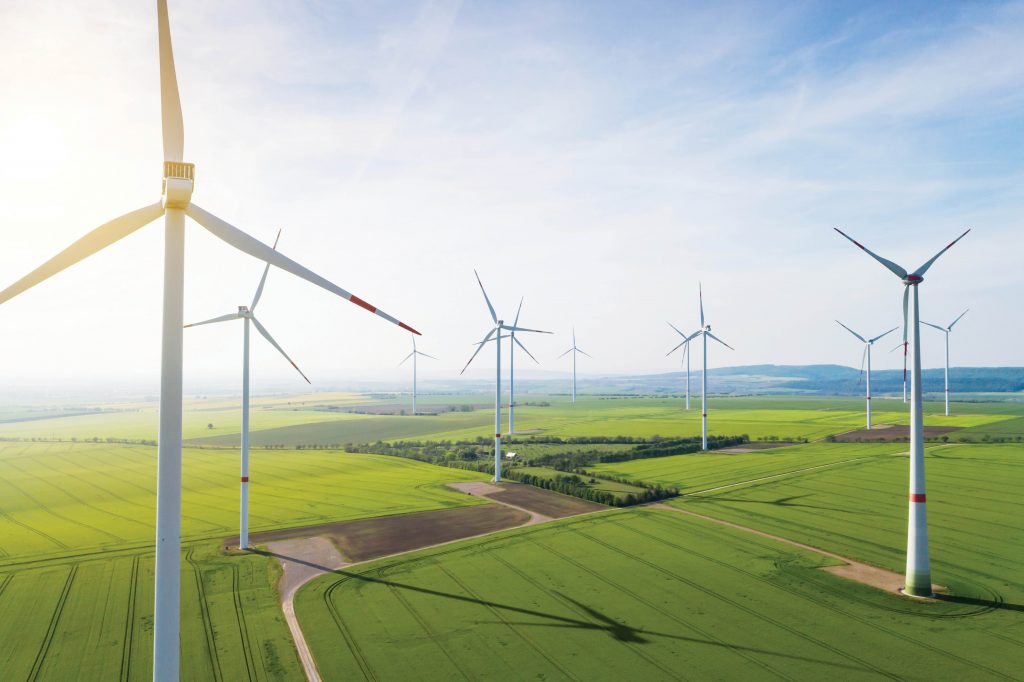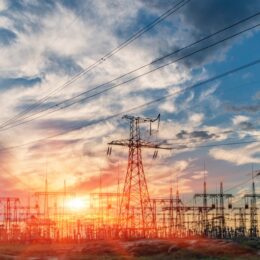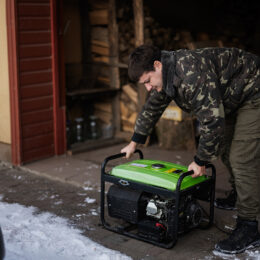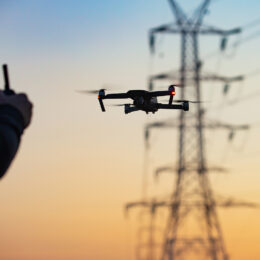
By Amanda Steeb
A blustery chilly day may be the reason you’re avoiding the outdoors. It’s also the reason you have the electricity you need to stay inside.
When you plug an appliance or device into a wall outlet, renewable resources are increasingly powering them up. Renewable energy resources such as wind and solar power have been added to the energy grid in recent years, including in Indiana. The U.S. Energy Information Administration reported that in 2019, annual energy consumption from renewables in the U.S. exceeded coal consumption for the first time in more than 130 years.
As technology has evolved, once expensive resources such as renewables and natural gas have diversified the nation’s power supply, including in Indiana. Currently, 38 electric co-ops in the Hoosier state use wind energy (tied for the third most co-ops in the country) while 39 Indiana electric co-ops use solar energy (the second highest total in the nation), according to the National Rural Electric Cooperative Association (NRECA).
This increasingly diverse power supply helps keep rates low by safeguarding against price volatility for any particular resource. If one resource becomes more expensive, other more competitive resources can ensure that families and businesses can seamlessly continue to have their energy needs met affordably.
Renewable energy resources also benefit the environment. More renewables replacing fossil fuel means that less carbon dioxide is emitted into the atmosphere, reducing everyone’s carbon footprint. This has even become an economic development tool for electric co-ops, which regularly work with businesses to offset their energy consumption with renewables to help them meet their sustainability goals. Community solar programs and additional options may even be available for residential members to take advantage of renewable resources.
Technology improvements can benefit you in other ways: your local electric cooperative may offer rebates for energy efficiency upgrades to your home or business that will lower your long-term energy use, saving you even more. All of these developments mean that when you plug an appliance or device into the wall, technology improvements combined with resources such as the sun and wind are doing more than ever to power your day.
AMANDA STEEB is director of marketing and communications at Kankakee Valley REMC in Wanatah, Indiana.



